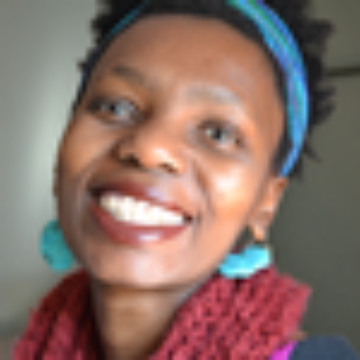
I HAVE spent about four years experimenting in writing and publishing in African languages. Mostly the kind of work I do is with maverick writers and illustrators who use newspapers and online platforms to promote African languages. There are several reasons I ended up (happily) working on the "creative fringe" of the sector and they can all be summed up in the observation that the African languages mainstream publishing sector is in the business of producing boring books.
Historically, commercial publishers have made their money in African languages out of publishing for the education textbook market. With the state as a potential customer, the incentive to invest in the development and expansion of leisure books is just not there. Instead, what these publishers do is to churn out reams of curriculum-approved literacy materials in the hope of selling these to the Department of Basic Education.
In fact, twice in the past two years my fellow writers and I have been asked by two major publishers to produce materials for the school market. One publisher asked us to produce something like 20 grade-appropriate Zulu readers within three months so that the publisher could compete for a tender. I laughed; but this seems like the norm. The second publisher sent us a writing brief asking us to demonstrate our ability to write a 200-word Xhosa story. I sought out their existing materials, and found their illustrations hopelessly dull and also turned them down.
The nonprofit sector has also been involved in African language publishing and dissemination. The trouble with the nonprofit sector is that it has no commercial imperative to answer to at all. Regardless of whether the intended books and materials ever get read, they have already been paid for by donors. While there is nothing inherently wrong with donor-funded publishing (in fact, it may become necessary), so many nonprofit materials are produced with advocacy and "social education" in mind. The result is the production of a literature of "poverty landscapes" in which the lives of black South Africans are rendered through themes of "HIV/AIDS", "grandmother-headed households", "cattle" and "spaza shops". If the stories are targeted at the children, the main characters are predictably named Thandi, Sipho or Lerato.
Of course, there was recognition of this problem within the sector, and some literacy projects have tried to break with these narrative clichés to provide more enjoyable and imaginative books for children in particular. But as many African language writers will tell you, most of these projects fail to reach their full potential because the people who run them do not actually speak African languages and tend to just not invest in idiomatic writing.
Moreover, many mother-tongue speakers working in literacy projects and publishing houses prefer to write according to prescribed in-house formulas rather than to rock the boat and jeopardise their employment. Further, novelists for the African language adult market have not successfully introduced risqué and invigorating narration techniques. I once asked a writer I was mentoring: "Where is the Sello Duiker of Xhosa?" The talent is there, but the boldness to try something different is not.
The overall outcome in the African language writing sector is that, on the one hand, there is an overproduction of dull materials that will have no long-term cultural effect, while, on the other, there is an underinvestment in the kind of creativity that can build sustainable audiences and markets.
But, as I recognised long ago, the fate of the African languages book market rests on those who speak the languages, enjoy them, and are willing to experiment and invest in creative production from the margins.
By Nomalanga Mkhize
Source : BDlive
• Mkhize is a lecturer in history at Rhodes University
